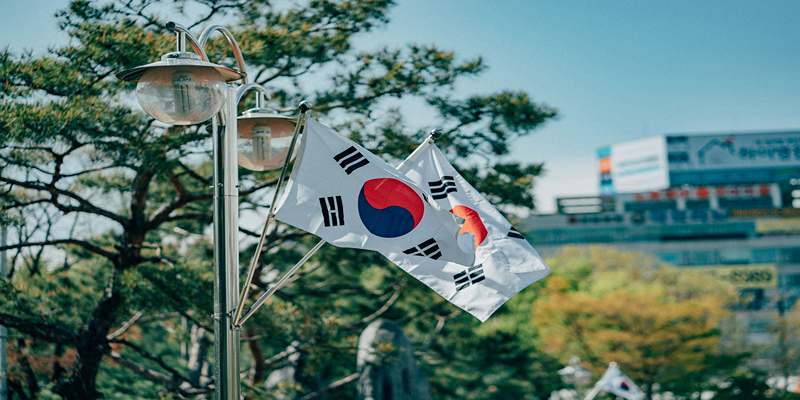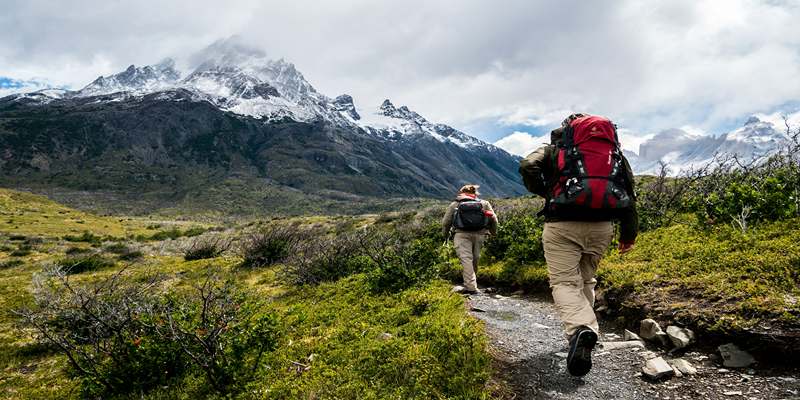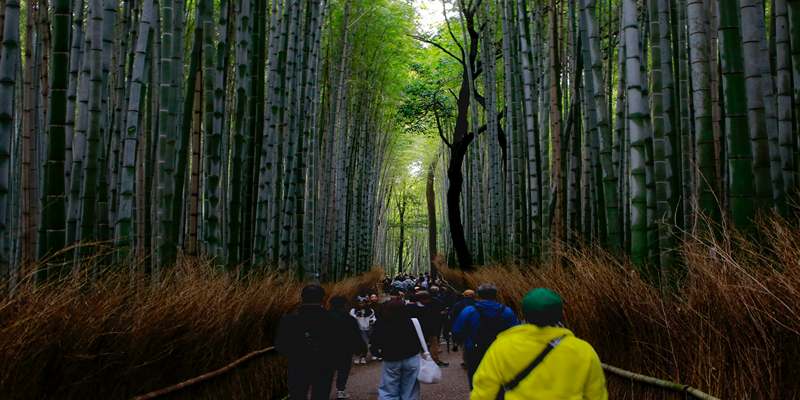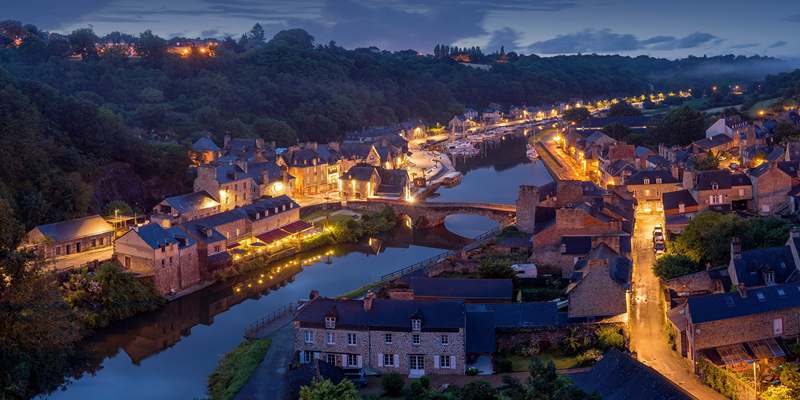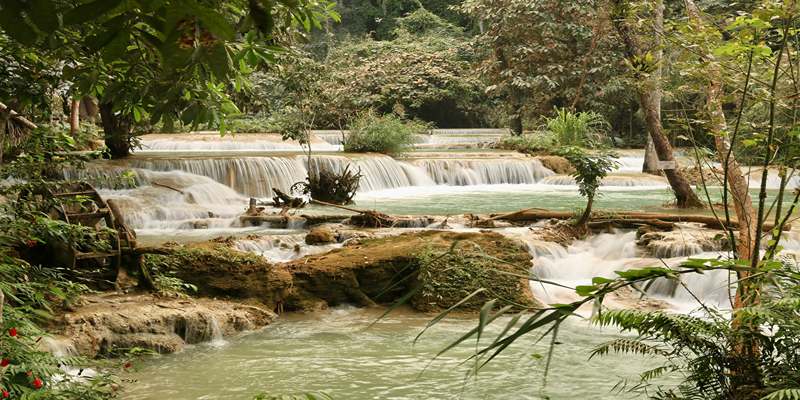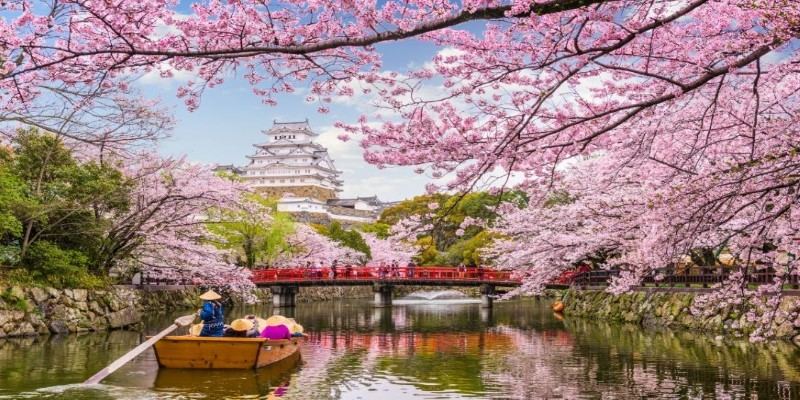The journey to Kawah Ijen isn’t just another hike—it’s a surreal encounter with nature’s raw power. Tucked away in East Java, this active volcano is home to the world's largest acidic crater lake and an eerie blue fire that flickers in the darkness. The climb starts in the dead of night, leading trekkers through thick sulfur clouds and rugged terrain.
It’s exhausting, unpredictable, and completely worth it. But before you take your first step on Kawah Ijen's adventure, there are a few important things you should know. From safety measures to the optimal times to visit, here's what you can expect on your climb of Kawah Ijen.
10 Things You Should Know Before Hiking Kawah Ijen
Before you embark on the journey, here are 10 essential things you should know for a safe and enjoyable hiking experience at Kawah Ijen.
Understand the Challenge of the Hike
Kawah Ijen hiking is not walking in the park. The hike starts in the dead of night to see the blue flames, needing endurance and resolve. The 3-kilometer (1.8-mile) path ascends 900 meters (3,000 feet) and is steep, so it's a physically challenging trek. Hiking in the dark creates an added level of difficulty, meaning caution and preparation are needed. It is not a technical ascent, but being fit and mentally conditioned to make the effort to get to the crater is necessary.
The Spectacular Blue Fire
The blue fire of Kawah Ijen is a rare natural spectacle formed when sulfur gases burn upon meeting the air. It is seen only in the dead of night, and it draws adventurers to it despite its volatility. The best view of the blaze is between 2:00 AM and 4:00 AM, but weather allows. Even if it isn't active at its most spectacular, the raw beauty of the crater itself makes the trip worth the trip. Seeing this unusual sight in the blackness is a fascinating experience unlike any other.
Sulfur Mining: A Harsh Reality

Kawah Ijen is home to grueling sulfur mining operations, where workers descend into the crater to extract and carry heavy sulfur blocks. These miners endure toxic fumes, extreme conditions, and minimal protective gear, making it one of the toughest jobs in the world. The sight of them hauling massive loads up the mountain is both humbling and eye-opening. Visitors should respect their work, avoid disrupting their tasks, and recognize that this labor-intensive job is a vital part of the local economy.
Gear and Preparation
Proper preparation is key for hiking Kawah Ijen. Sturdy hiking boots with good grip are essential for the steep, slippery trail. The sulfur fumes can be intense, so a gas mask or scarf is recommended. Since the climb starts in darkness, a headlamp or flashlight is necessary. Bring plenty of water and snacks to stay energized. Dress in layers as temperatures drop at night but rise as you climb. Being well-prepared ensures a safer and more comfortable trekking experience.
The Best Time to Visit
Timing your visit to Kawah Ijen is crucial for an optimal experience. The best time to visit is during the dry season, from May to October, as this minimizes the risk of rain, which can make the trail muddy and treacherous. Many travelers choose to hike in the early hours of the morning to catch the blue flames at sunrise. However, the blue fire is typically most visible between 2:00 AM and 4:00 AM, so the earlier you start, the better.
The Views from the Top
Once you’ve made the climb to the crater’s rim, the views are simply unforgettable. The caldera of Kawah Ijen is massive, and looking into the crater, you’ll see a turquoise acidic lake. The lake’s color is due to the high concentration of sulfur, creating a surreal, almost alien landscape. While you’re there, take the time to appreciate the beauty of the surroundings. The area is known for its extraordinary views, making it a photographer’s paradise.
Know the Hazards: Air Quality and Safety
Kawah Ijen’s sulfur fumes can be intense and hazardous, especially near the crater. Inhaling these gases without protection can cause breathing issues, so a gas mask is essential. The acidic lake and sulfur deposits also pose risks, making it crucial to stay on marked paths. Listen to local guides who understand the terrain and conditions to ensure a safe experience while exploring this extraordinary volcanic landscape.
Hiring a Local Guide
Although the trail to the crater is marked, it is still advisable to hire a local guide when hiking Kawah Ijen. Not only will a guide ensure your safety and help you navigate the trail, but it will also provide valuable insight into the local culture, the sulfur mining operations, and the volcanic activity. Additionally, hiring a guide supports the local economy and ensures that you are contributing to the sustainable tourism efforts in the area.
Consider Staying Overnight in Banyuwangi

Banyuwangi, a town located near Kawah Ijen, is the main base for those heading to the crater. The town offers a range of accommodations, from budget guesthouses to mid-range hotels. Staying in Banyuwangi gives you the opportunity to rest before your hike and ensures you’re well-rested for the early morning climb. Many travelers opt to spend the night in Banyuwangi before heading to the volcano to catch the blue fire at sunrise.
Be Respectful of the Environment and Local Culture
When visiting Kawah Ijen, respect the environment, local culture, and miners. Do not disturb or photograph miners without consent. Follow safety instructions, avoid littering, and remember that this is a sacred site for locals and a natural wonder. Treat the area with the utmost respect to preserve its integrity and significance.
Conclusion
Kawah Ijen is more than a hike—it's an encounter with nature's extremes. From the mesmerizing blue fire to the rugged terrain and tireless sulfur miners, every step reveals a new perspective. The climb is tough, but with preparation, it's an adventure worth taking. Equipped with the right gear and respect for nature, you'll witness a rare wonder, leaving memories that last a lifetime.

